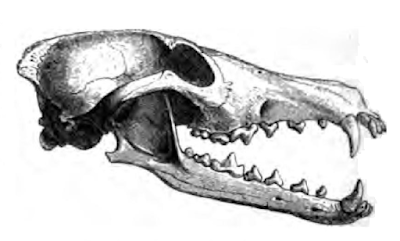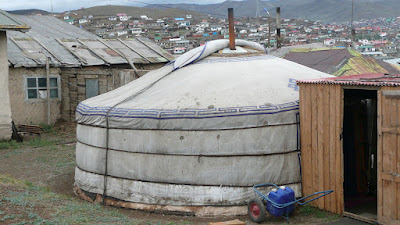20+ Interesting Facts About Ethiopian Wolves

The Ethiopian wolf is a canine native to Ethiopia. It is solely present in six or seven isolated areas of the Ethiopian highlands . Their highest population is in the Bale Mountains. These wolves have several other names due to their similarity to other canids. These include the Abyssinian wolf, Simien jackal, red jackal, and Simien fox. Unlike many other canids, the primary food of Ethiopian wolves is small rodents , particularly the common grass rats and giant mole rats. They occasionally hunt in groups for large prey like hares, lambs, geese, and young antelopes. The Ethiopian wolf is the most endangered canid , with a population of around 500 individuals. The primary reasons behind its low population are hunting by humans, habitat loss, and hybridization with domestic dogs. ( Source ) The habitat of Ethiopian wolves includes grassland, shrubland, and rocky areas. It lives on mountains above 3,000 feet. Ethiopian wolves are one of the 190 mammal species that suffer from rabies ...



.jpg)


.jpg)
